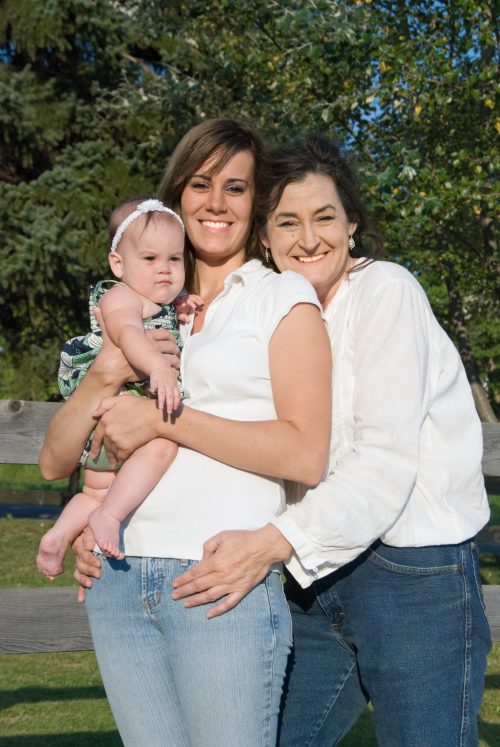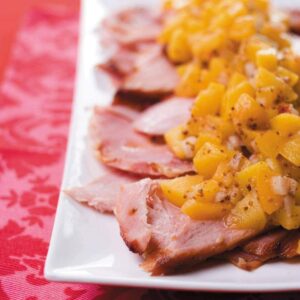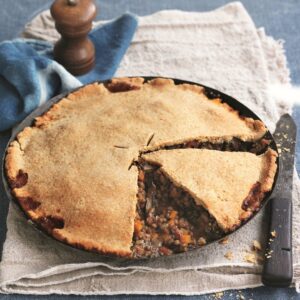
A guide on how to meet your body’s iron needs, whatever your age.
One in four New Zealand women don’t get enough iron, and around 2% suffer from anaemia as a result. Getting enough iron can be difficult, especially if you don’t eat much red meat. Here’s the low-down on getting the iron you need.
Why we need iron
Iron helps your body make red blood cells by binding to a protein called haemoglobin. Haemoglobin is the pigment that makes blood red and carries oxygen from your lungs to the rest of your body. The oxygen is then used to burn carbohydrates and fats, releasing the energy stored inside. Adequate iron ensures peak energy levels, optimal brain function and a strong immune system.
What happens if your diet lacks iron?
Your body has a number of back-up systems which allow it to keep making enough red blood cells. If your diet lacks iron, your body will begin to use up its stores. Once they are gone, any iron being transported around the body will be used next, so you may start to feel tired. When this iron runs out and your body can’t make enough red blood cells, you have iron-deficiency anaemia.
Anaemia
Signs of anamia:
- A pale colour
- Irritability
- Weakness
- Shortness of breath
- Coldness
- Pins and needles
Over a period of time, anaemia can affect the immune system and brain function. Fortunately, your body responds by making iron absorption in the small intestine more efficient, but you need to eat iron-rich foods regularly to treat this condition. If you are a teenage girl, a young woman or a female athlete, you are more prone to iron-deficiency anaemia.
Seven reasons you may need more iron
- Do you bleed heavily during menstruation?
Women can lose more iron than what is replaced in their diet. - Are you pregnant?
- Are you following a fad weight-loss diet?
- Do you regularly donate blood?
The blood bank should test levels to ensure you are not already iron deficient. - Do you have a gastrointestinal condition such as coeliac disease, haemorrhoids or ulcers?
Such a condition may affect the absorption of iron from food or cause blood-loss. - Are you a long-distance runner?
Runners can squash circulating red blood cells (these are replenished every 120 days) when their feet repeatedly strike the ground. If you run regularly, wear good shoes and try to run on grass instead. - Do you suffer from frequent infections?
A poor immune system may indicate low iron.
If you answered yes to any of these questions, have your GP check your iron levels.
FAQs
Q. Should I take iron supplements?
A. It’s important to correctly identify the cause of your symptoms and not to take iron supplements if you don’t need to. Since iron, calcium and zinc are absorbed by the same mechanism in your intestine, too much of one can stop the absorption of others.
If you need iron supplements, you may be advised to take them before bed rather than with meals or other mineral supplements to make sure you absorb as much as you need without compromising other nutrients.
Gut discomfort and constipation are often side effects, so talk with your GP before taking iron supplements. Pregnant women and those who are diagnosed with iron-deficiency anaemia may be prescribed supplements or an injection if more iron is needed.
Q. Is it possible to overdose on iron?
A. Young children risk iron toxicity if they accidentally eat adult iron supplements. These are often red and may look like lollies, so store them well out of reach. A genetic condition called haemochromatosis affects about one in 200 New Zealanders, who are unable to regulate the amount of iron they absorb from their gut. This causes overloading. Iron accumulates in organs such as the liver, pancreas and heart, causing damage. If blood isn’t taken regularly, organ failure may occur. Chronic alcoholics with cirrhosis of the liver and those who need regular blood transfusions can also accumulate too much iron.
Eating to get the iron you need
The two main forms of iron are haem (found in meats) and non-haem (found in plant foods). Our body is able to absorb 20% of the iron from haem sources, compared with only 5% from non-haem iron sources. Vitamin C and animal proteins help release non-haem iron bound in plant foods, so it’s best to eat non-haem iron foods with vitamin C-rich fruits and vegetables, or with meat, fish or chicken.
| Eat any of these… (non-haem iron foods) |
with these for more iron (add Vit C-rich foods) |
|---|---|
| Legumes | Tomatoes |
| Whole grain breads and cereals | Broccoli |
| Nuts | Kiwifruit |
| Green leafy vegetables | Capsicum |
| Cereal | Citrus fruits and juice |
Five iron sources
- Red meat is a rich source of haem iron and all meat improves the absorption of non-haem iron. A small fillet steak provides 15% of the recommended dietary intake (RDI) of iron for women of child-bearing age, and 38% of the RDI for men, children and older people. Include lean red meat in your diet three to four times a week.
- Chicken contains haem iron, with a medium breast providing 5% of iron RDI for women and 13% for others.
- Some shellfish are also an excellent source of haem iron: 1/3 cup of steamed mussels (50g), seven oysters (110g) or 1/2 cup of steamed pipis (75g) each provide 30% of iron RDI for women and 75% of iron RDI for others.
- Organ meats such as liver and kidney are rich in haem iron and some people really enjoy them.
- Whole grain breads and cereals, nuts, legumes, and iron-fortified cereals all contain non-haem iron.
How to get the iron you need at any age
See DOWNLOADS for a guide to the amount of iron required for all life stages, and the best way to get it.
www.healthyfood.com










